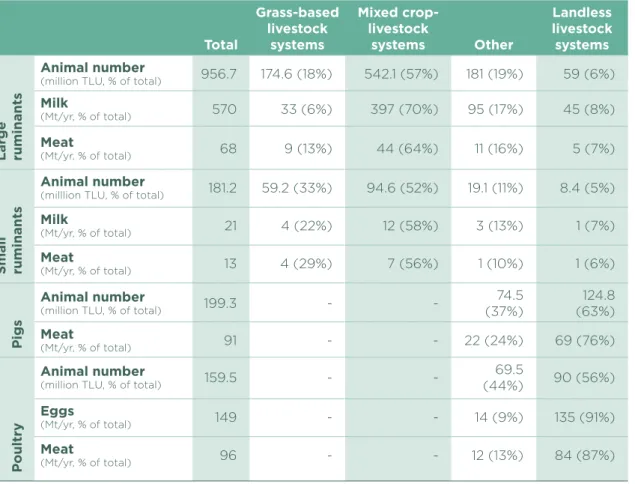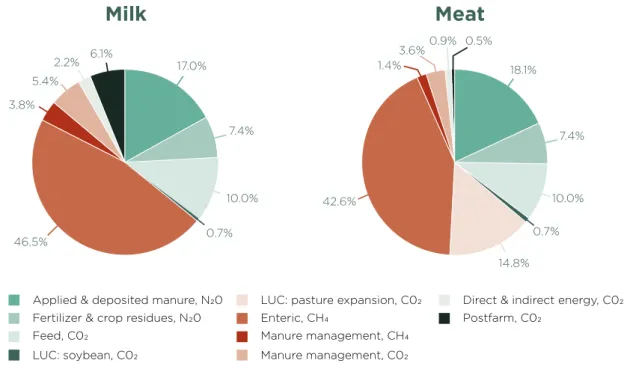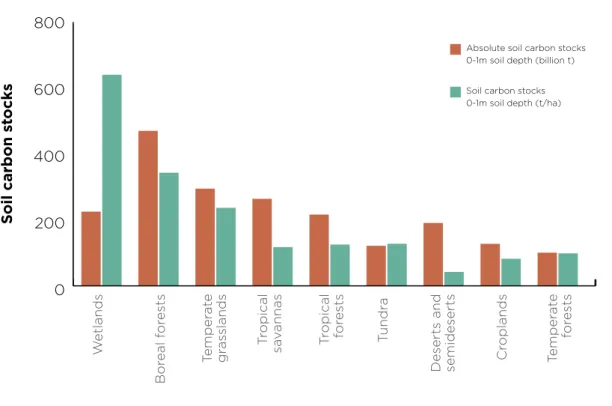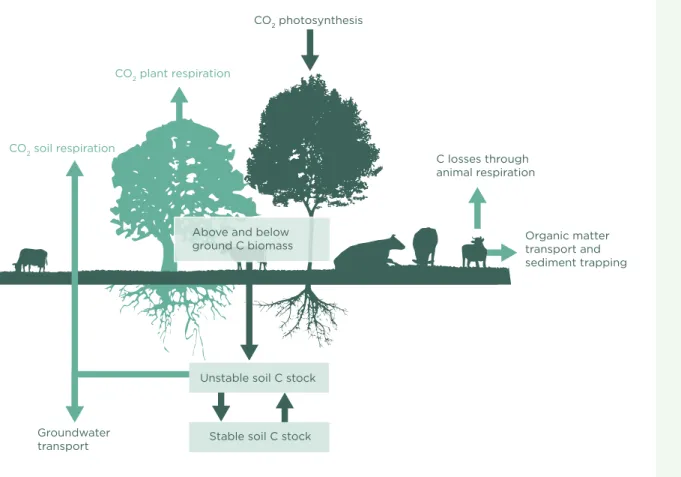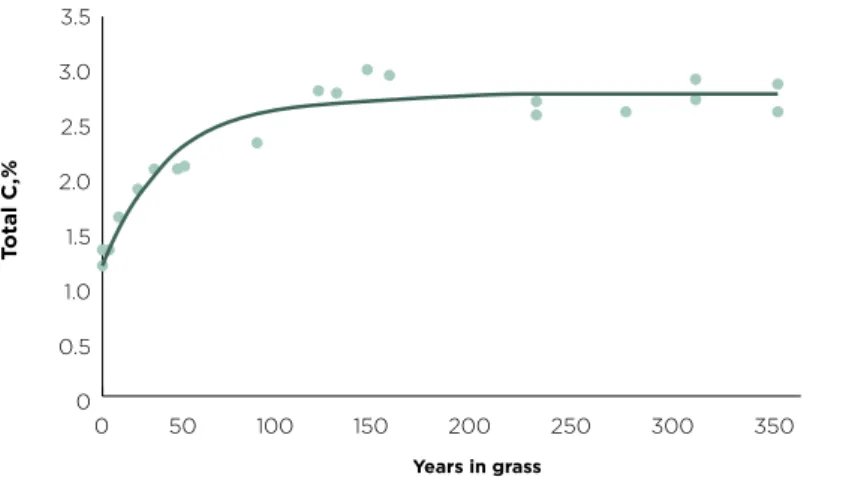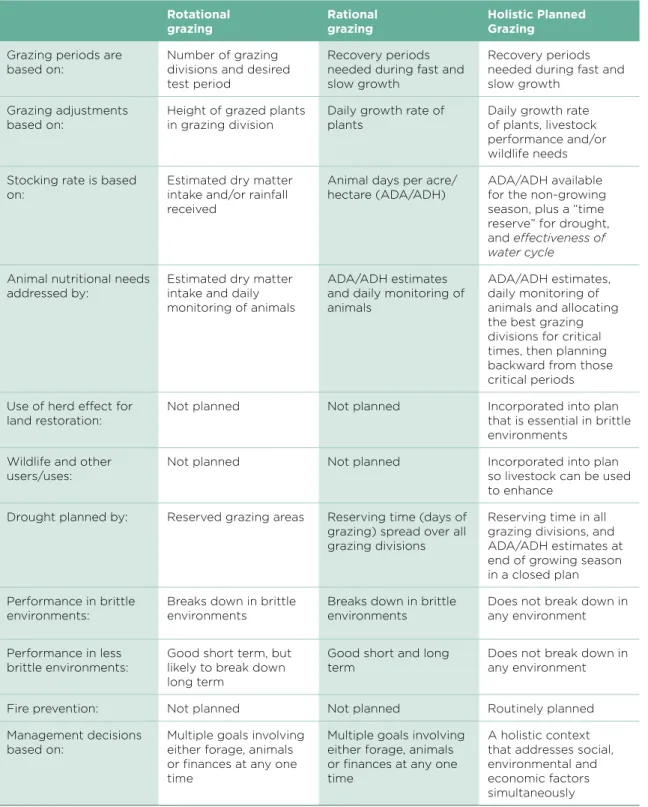But by exploring a smaller one—the role of grazing ruminants in contributing to or mitigating climate change—we hope to contribute some of the substructural knowledge we need if the big question is ultimately to be answered. Regarding the second approach, stakeholders in the third perspective argue that people will not stop eating animal products anytime soon.
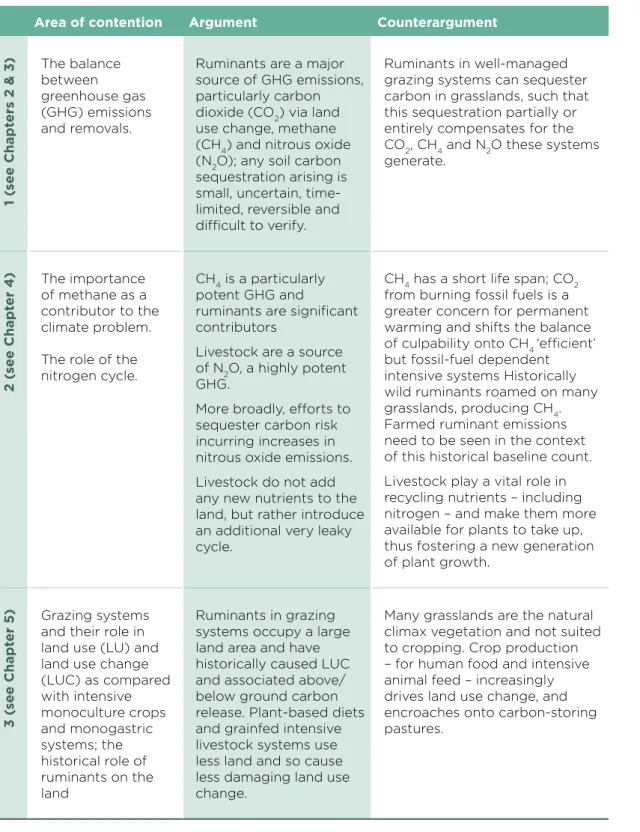
Grassfed cattle, grazing lands and their variants: definitions and trends
Key points
Some livestock system classifications
More than 90% of the dry matter fed to animals comes from pastures, pastures, annual fodder§ and purchased feed, and less than 10% of the total value of production comes from non-livestock activities. In these systems, more than 90% of the dry matter fed to the animals comes from pastures, pastures, yearlings and purchased forages, and less than 10% of the total production value.
What about ‘grassfed’?
How much meat and milk do these different livestock systems produce?
In some climates, animals must be kept indoors for some parts of the year. Most of the ruminant milk and meat (by weight) is produced in crop-livestock mixed systems.
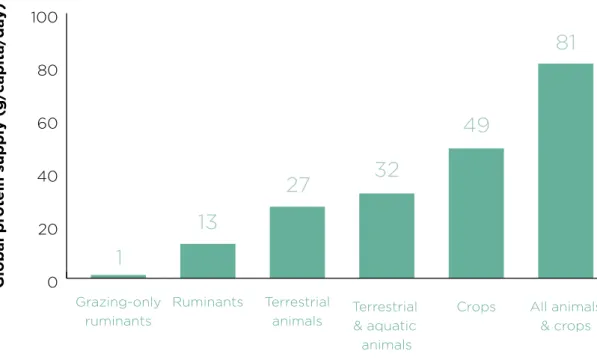
Grasslands, grazing lands and a few variants – what are they?
Semi-natural grasslands today constitute a fraction of the total grassland area, and in many parts of the world they are declining. For example, almost half (47%) of UK grassland has been lost since 1960, mainly to grassland 'improvement', with.
How are livestock production systems, and meat and dairy consumption patterns changing?
- Changes at the agricultural stage
- Distributing and scaling up meat
- Eating meat: demand side changes
- The flip side
They have some economic value but are not the main purpose of the productive activity. The superiority of the chicken is worth noting because while mainstream commentators note that the trend is headed in the right direction—the higher feed conversion efficiency and lower carbon footprint of poultry will help us extricate ourselves from our environmental problems—from the view held by advocates of grass-fed, intensive chicken ruminant systems is the ultimate Orwellian doublethink.
How, and how much do ruminants contribute to GHG emissions?
As such, some of the more outrageous claims and counterclaims lurk real and important research questions that need to be investigated. As such, some of the more outrageous claims and counterclaims lurk real and important research questions that need to be investigated.
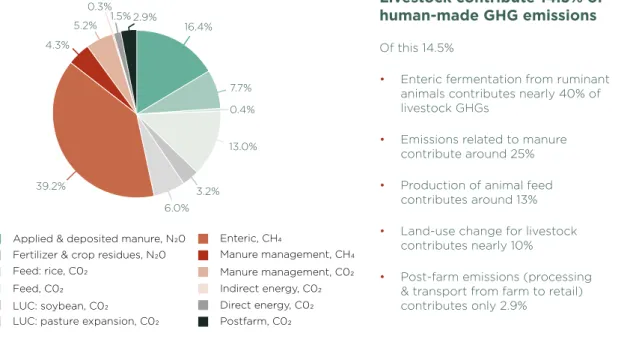
Soil carbon sequestration – (how) do grazing livestock contribute?
- What is soil carbon? How much carbon is stored in soils today?
- How does sequestration work?
- What land management approaches hold potential to sequester carbon? And what are their risks and limitations?
- Focus on ruminant animals and grazing systems
Note that when measuring changes in soil carbon over time, it is essential to account for changes in the soil's density. Note that when measuring changes in soil carbon over time, it is essential to account for changes in the soil's density.
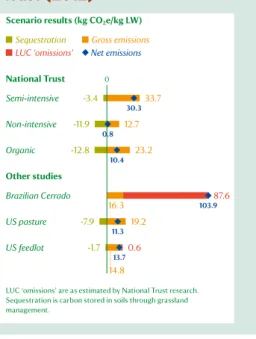
- What are the mechanisms by which sequestration might be achieved in grazing systems?
- Managing or modifying the pasture to increase soil carbon sequestration
- Changing grazing management to increase sequestration rates
- Some numbers: what level of sequestration could
The greenhouse gas reduction potential of the world's rangelands: Modeling soil carbon and nitrogen fluxes of mitigation practices. Indeed, the particularities of the agro-ecological context are a critical determinant of sequestration outcomes. They can be found in the driest, wettest, hottest and coldest regions of the world.
Carbon sequestration in grasslands: management, policy and economics - Proceedings of the workshop on the role of carbon sequestration in grasslands in climate change mitigation.
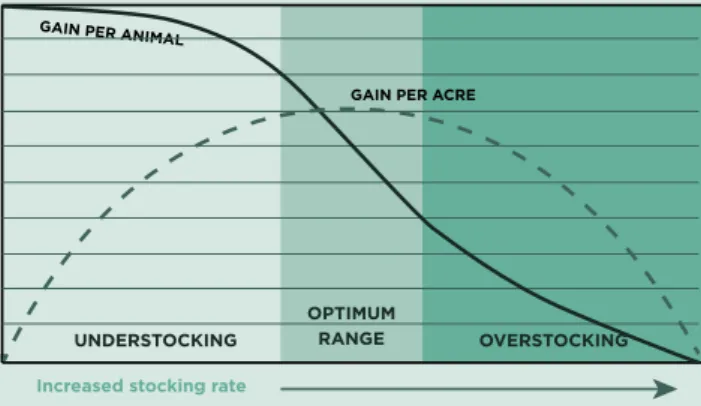
Global estimates of the grazing related soil carbon sequestration potential
Restoring the climate through capture and storage of soil carbon through holistically planned grazing - White Paper. The range in estimates is obviously wide: this reflects not only the uncertainty associated with making estimates of this type, but also differences in the management practices taken into account, the geographical and agroecological focus of the studies and the methods of data collection or - generation – including the time frame over which the sequestration rate is averaged. To illustrate, it would not be correct to multiply the 1.7 tonnes of CO2 (Conant et al. 2017)'s average per area, as it is not possible to achieve such levels of binding on all grazing areas.
Leaving aside the technical challenges involved in accurately quantifying soil carbon changes (see Box 6 above), one explanation for these optimistic claims may be the fact that in the first years of a change in practice, the rate of sequestration may be really high.
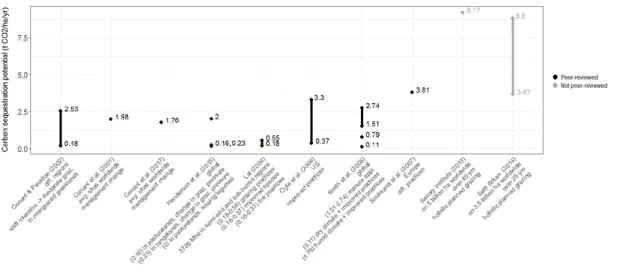
Soil carbon sequestration versus methane emissions
It uses the same set of assumptions regarding radiative efficiency and atmospheric lifetime of greenhouse gases as used by IPCC AR5. Contribution of Working Group I to the Fifth Assessment Report of the Intergovernmental Panel on Climate Change [Stocker, T.F., D. Cambridge University Press, Cambridge, UK and New York, NY, USA. Contribution of Working Group I to the Fifth Assessment Report of the Intergovernmental Panel on Climate Change.
Note that this is only a schematic diagram indicating the principle of the relationship between animal numbers, binding rates, emission factors and time.
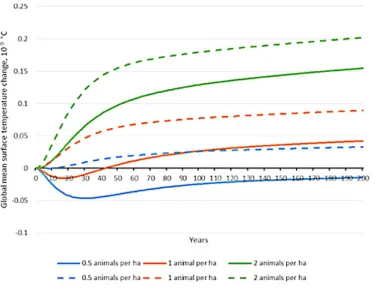
The role of grazing ruminants in the net GHG balance – what can we conclude?
What this figure also so strikingly shows is that even if we take a very optimistic, peer-reviewed estimate of grazing-related storage potential (Smith et al.), the contribution this could make to the overall magnitude of mitigation challenge seems small. Contribution of Working Group III to the Fifth Assessment Report of the Intergovernmental Panel on Climate Change [Edenhofer, O., R. It is also useful to place this potential in the context of the overall commitment.
To put the grazing estimates in perspective: depending on which grazing-based estimates and which land-based estimates are used, the binding potential from changed grazing practices will amount to 7-53% of the total land-based binding potential.

Key points: methane
Key points: nitrous oxide
The other greenhouse gases: methane and nitrous oxide
- How much does methane matter? Different approaches to calculating methane’s impact
- How do methane and carbon dioxide contribute to the global rise in temperature, and how do their long and short term effects differ?
- Methane and wild herbivores in prehistoric times
- On the importance of nitrous oxide
- Grazing ruminants, the nitrogen cycle and the fertilising effects of manure
- Nitrogen-carbon interactions and the net mitigation question
Any additional emissions produced—for example, a ton of CO2 released tomorrow—will add to the warming effects of the ton released today, since most of yesterday's CO2 still remains in the atmosphere. On the other hand, much is generally made of the fertilizing effects of their nitrogen-rich manure. Some of the plant nitrogen that the animals eat is retained to support their growth (building muscles and so on), but much179 is returned to the soil (or to waterways) in the form of manure and urine.
Some of the problems arising from the use of synthetic fertilizers have been discussed in chapter 3.4.
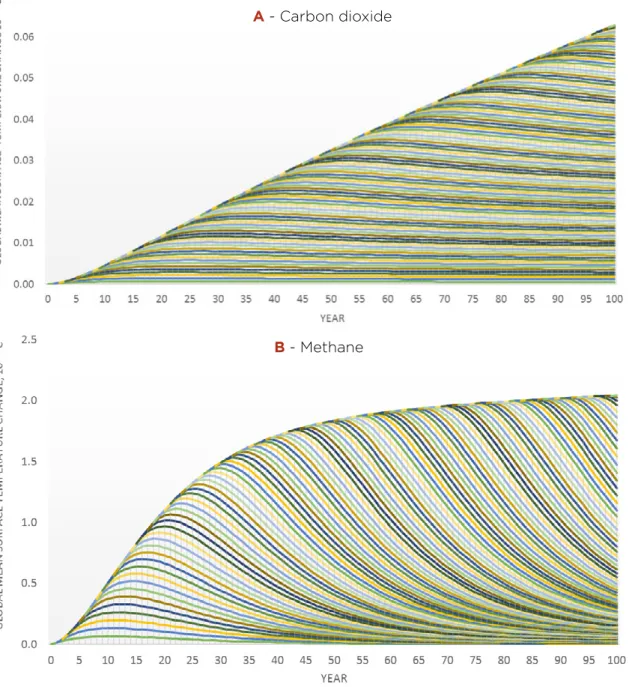
Grazing systems and their role in land use and land use change
- Past changes and baseline ecological states
- Deforestation and land use change: recent and current trends
- South America
- Europe
- Emerging trends
Scenarios of land use change in a deforestation corridor in the Brazilian Amazon: combining two scales of analysis. Forest trade: land use changes and carbon emissions reflected in the production and export of forest products that pose risks. Recent land use changes in the Western Corn Belt threaten grasslands and wetlands, PNAS, 110(10), pp.
Overall, it is estimated that livestock-induced land use changes are responsible for approximately 34% of all livestock-related emissions.
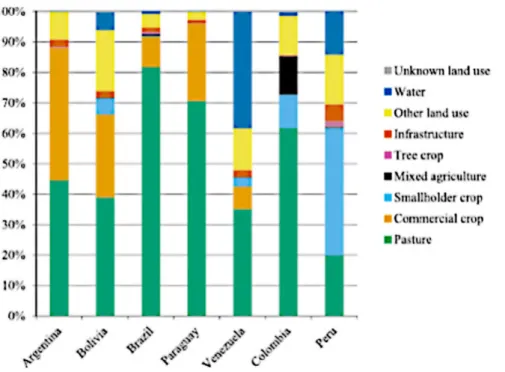
Future land use: some possibilities
- Livestock on leftovers: a grassfed future
2015, which excludes food waste, as its use is currently illegal in many parts of the world. 2017 also repeats their calculations, this time assuming that the sustainable development goal of halving food waste is met. Waste levels are projected to be 10% of all food produced (i.e. lower than current levels); all food waste and co-products fed to pigs, ruminants, 100% grass feed. 2017) Pasture (3.36 Gha – 30% forage removal rate), food waste and co-products (fishmeal, oil cakes, fiber-rich by-products) from seafood and plant-based foods in the projected diet in 2050 and food waste .
Pasture (3.36 Gha – 30% feed loss rate), food waste and by-products (fishmeal, oilcake, fiber-rich by-products) of seafood and plant-based foods in the projected diet in 2050 and food waste.
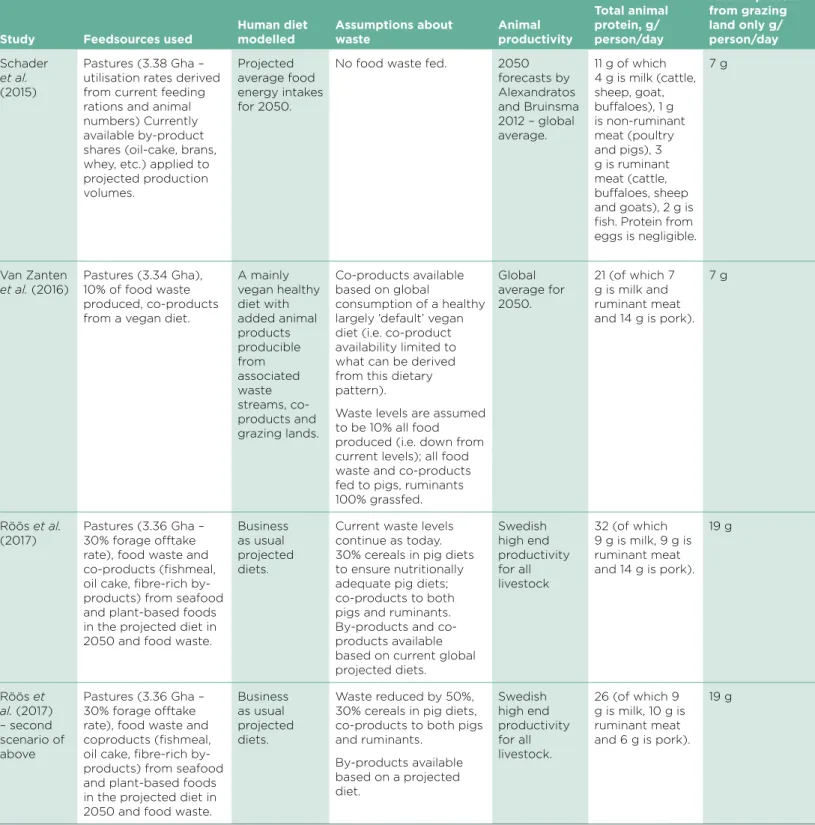
Livestock on leftovers with holistic grazing: a thought experiment
The substitution effect – what people eat when they switch from ruminant meat – should be properly considered. First, while plant-based foods may be lower on average in GHGs than animal products, this is not the case for all plant foods—some fruits and vegetables have high impacts.278,279 The substitution effect—what people eat when they switch from ruminant meat—must be properly considered. . This balance of negative and positive aspects must all be incorporated in principle in any assessment of animal products' nutritional contribution compared to their climate impact.
This balance between negative and positive aspects should in principle be included in any assessment of the nutritional contribution of animal products compared to their climate impact.
Alternative uses for grazing land
Using GWP over a 100-year timeframe as a metric, the sequestration rate at three animals per hectare should be 1.1 tonnes of carbon/ha (4.2 t CO2/ha) – more than all the peer review estimates shown in Section 3 .5 – only to compensate for methane emissions. This rate should continue as long as livestock continues to breed (which is impossible) and is not reversed by either human activity or climate change (which cannot be guaranteed). The question then is, assuming that we must obtain sufficient and adequate nutrition from our soil, what ways of configuring the soil could yield the most sequestration for the least cost of greenhouse gas emissions. 2016)291 investigate this question for Western Europe: they construct a set of eight hypothetical food and land use futures that differ by species or by whether animal products are consumed: 1) Business as Usual (BAU) – species the meat we eat in 2050 is in a similar proportion to what we consume today, and the production systems remain the same;.
It shows that both arable and total land use requirements are lowest under the meat-free (PBE and AMD) scenarios.
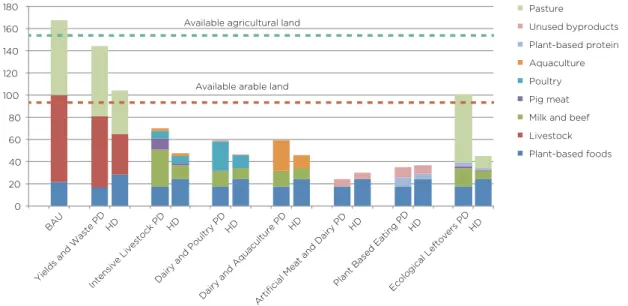
Conclusions
- On the importance of defining terms
- On sequestration and the net GHG balance
- Some topline numbers
- Practices and their contexts
- On methane and nitrous oxide
- Methane
- Nitrous oxide
- On land
- Some concluding remarks
Ruminants in grazing-only systems emit about 1.32 Gt CO2 equivalents, or 20% of the total livestock population (a figure that includes supply chain and land-use change-related impacts). Sometimes the global warming effects of N2O will outweigh the sequestration gains; nitrogen also causes other environmental problems such as water pollution. They provide income, livelihood and in some parts of the world livestock keeping is a survival strategy.
In some parts of the world, grazing systems are the only means by which local communities obtain food.
6.6 …And finally, some research questions
Detailed questions that fill gaps identified in this study
At the same time, the existing assumption that production must meet the demands of high-consumption individuals in rich countries and increasingly in other parts of the world must also be questioned. The challenge for now and in the coming years is to find out the least environmentally bad way to use land and other resources for our own food and to achieve our other development goals. In some circumstances, it may be better to use land and other resources for grazing animals than to do something else with them.
With their growth, it becomes more difficult by the day to tackle our climate and other environmental challenges.
Parallel questions
What ifs? And counterfactuals
